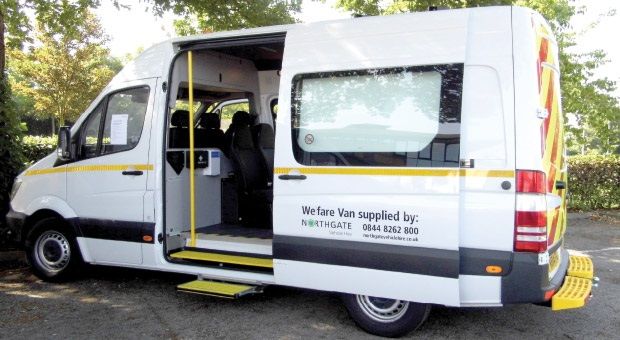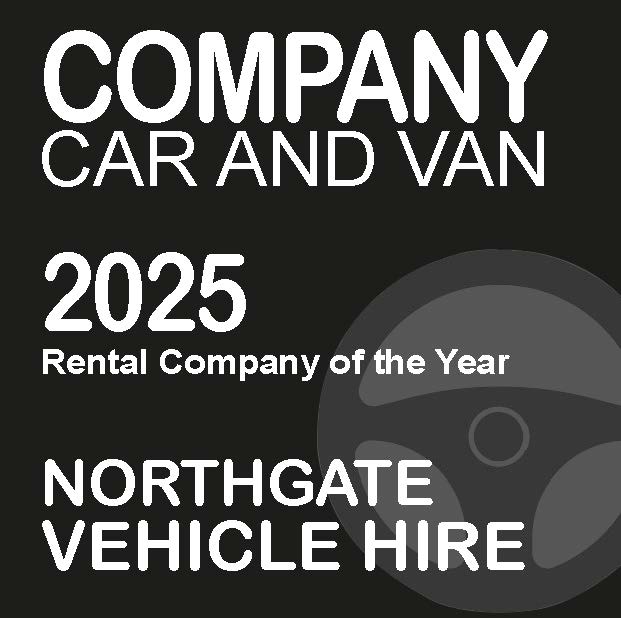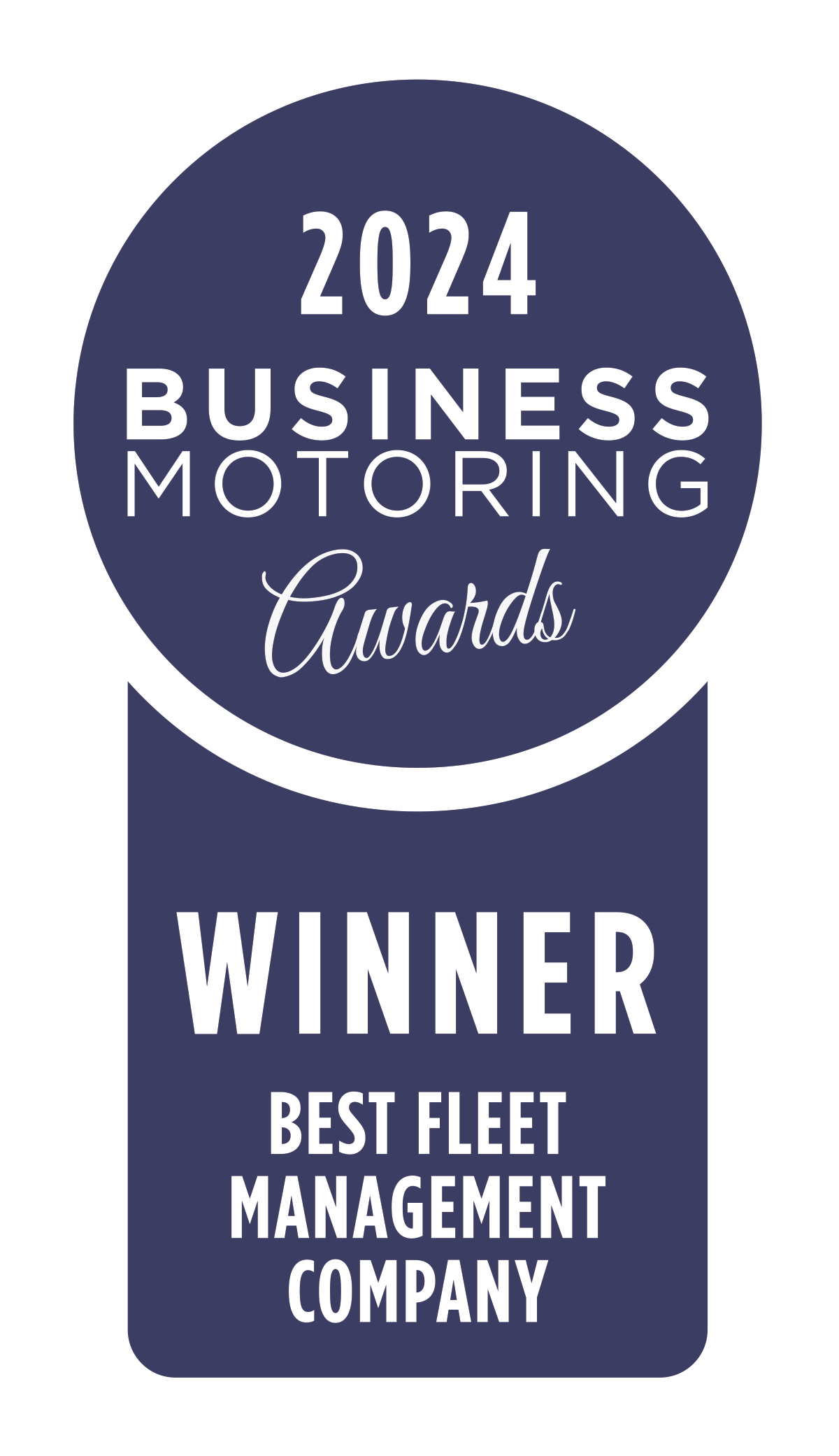Change your driving habits and lower your costs
The way a vehicle is driven can have a major impact on its running costs and overall lifespan.
![]() 04/10/2018
04/10/2018![]() 7 minutes read
7 minutes read
While making money is the main aim of any business, saving it is just as important.
For fleet managers, cost savings can come in many forms, from the way that vehicles are sourced, to how they are upgraded and expanded in line with contractual requirements. However, an often overlooked area – and one that could lead to significant cost savings – is the operation of the vehicles themselves, and how they are driven.
When a fleet extends to dozens of vehicles, any way that costs can be reduced is multiplied significantly, and when this saving can be achieved over the long-term, the benefits are even more appealing.
Accelerating harshly has a detrimental effect on the clutch, which will subsequently need replacing sooner, while high revs and a failure to change gears when required will wear out engine parts and oil.
Wear and tear
Although wear and tear is something that affects every vehicle, this can be accelerated significantly if the vehicle is driven in a certain way.
Harsh braking increases the wear on brake pads, which means they need changing sooner, and can also shorten the life of the tyres. Harsh cornering, meanwhile, can increase the wear on the suspension and steering parts, and also affect the degradation of the tyres.
Accelerating harshly has a detrimental effect on the clutch, which will subsequently need replacing sooner, while high revs and a failure to change gears when required will wear out engine parts and oil. This will mean that the service light comes on sooner and may even prevent the vehicle from reaching the full service interval.
Some of the overall consequences of harsh driving include the cost of breakdown and recovery through any premiums or transportation, the loss of business through the vehicle being off the road, and even the cost of buying a replacement vehicle.
At Northgate, the worry of service, maintenance and repair is minimised through an all-inclusive SMR package, with work carried out at a network of wholly-owned and warranty approved workshops across the UK, while our partnership with AA can help to minimise downtime, but these risks can all be reduced further by controlling driving habits.
Fuel costs
Costs are not limited to wear and tear, however – fuel consumption can also be radically reduced by changing driving habits; even something as simple as reducing revs and acceleration and driving in a higher gear, where appropriate.
Although this may only save a couple of pence per mile, it soon translates into huge cost savings when applied across a vehicle’s entire time on the road and multiplied across a whole fleet.
It can also have a major effect on insurance costs, if the vehicle is fitted with telematics technology that tracks how it is driven at all times.
With many insurers offering cost reductions for gentle cornering and braking, sensible acceleration and even the location of the vehicle, the potential cost savings are significant.
Ultimately, the key to reducing wear and tear and improving the way that fleet vehicles are operated is to increase education around the benefits of better driving.
By encouraging drivers to be mindful of the way that vehicles are controlled and communicating the potential costs savings, the business can soon see outlay decrease, while drivers could also be rewarded for their commitment, ensuring all-round benefits.
Any reduction in operational costs is welcome, and by reducing worry about how vehicles are being operated and the potential repair costs, it can create peace of mind as well as freeing up resource to be invested in other parts of the business.
Contact us to find out about flexible and long-term van rental and leasing today.









